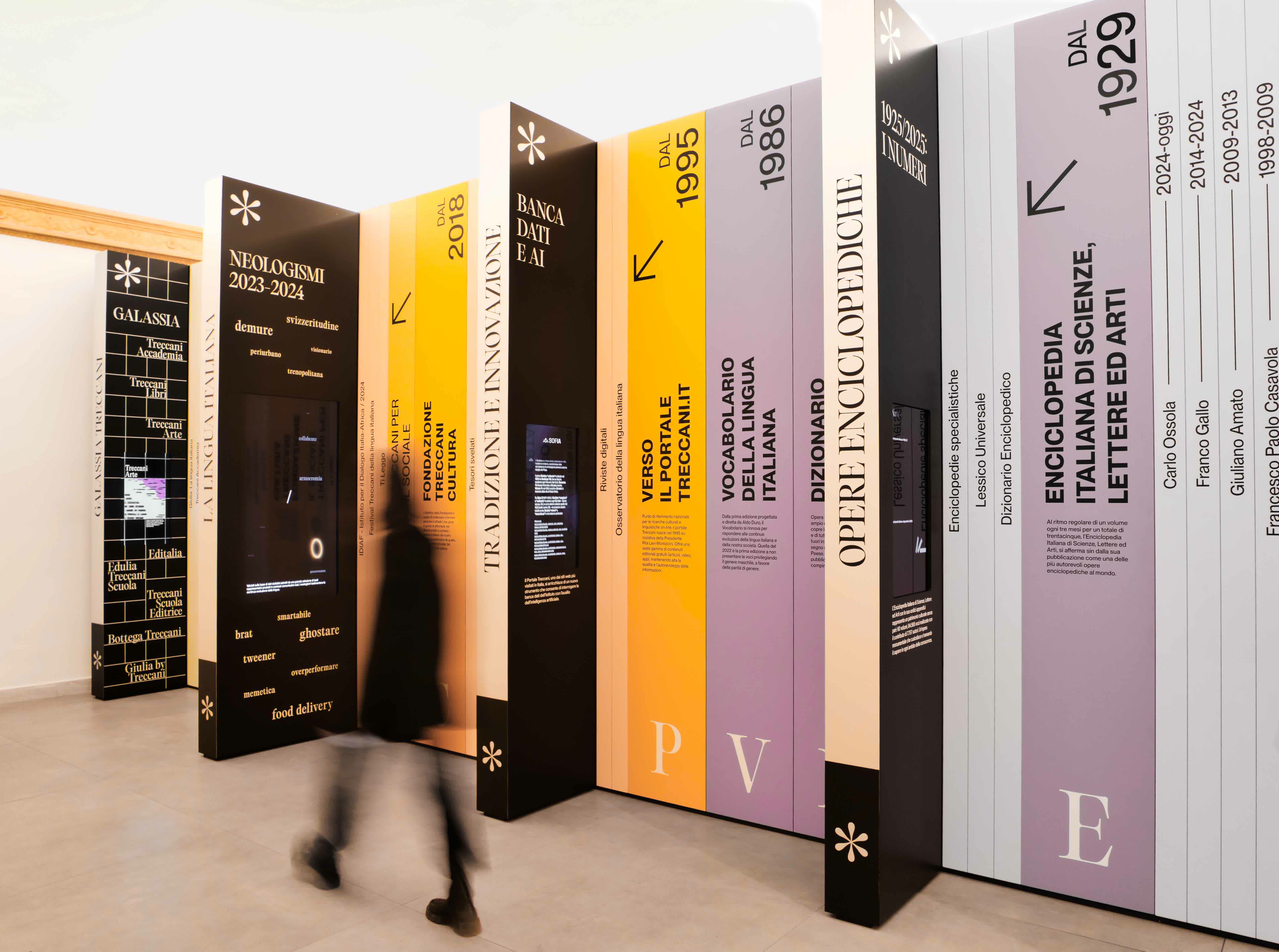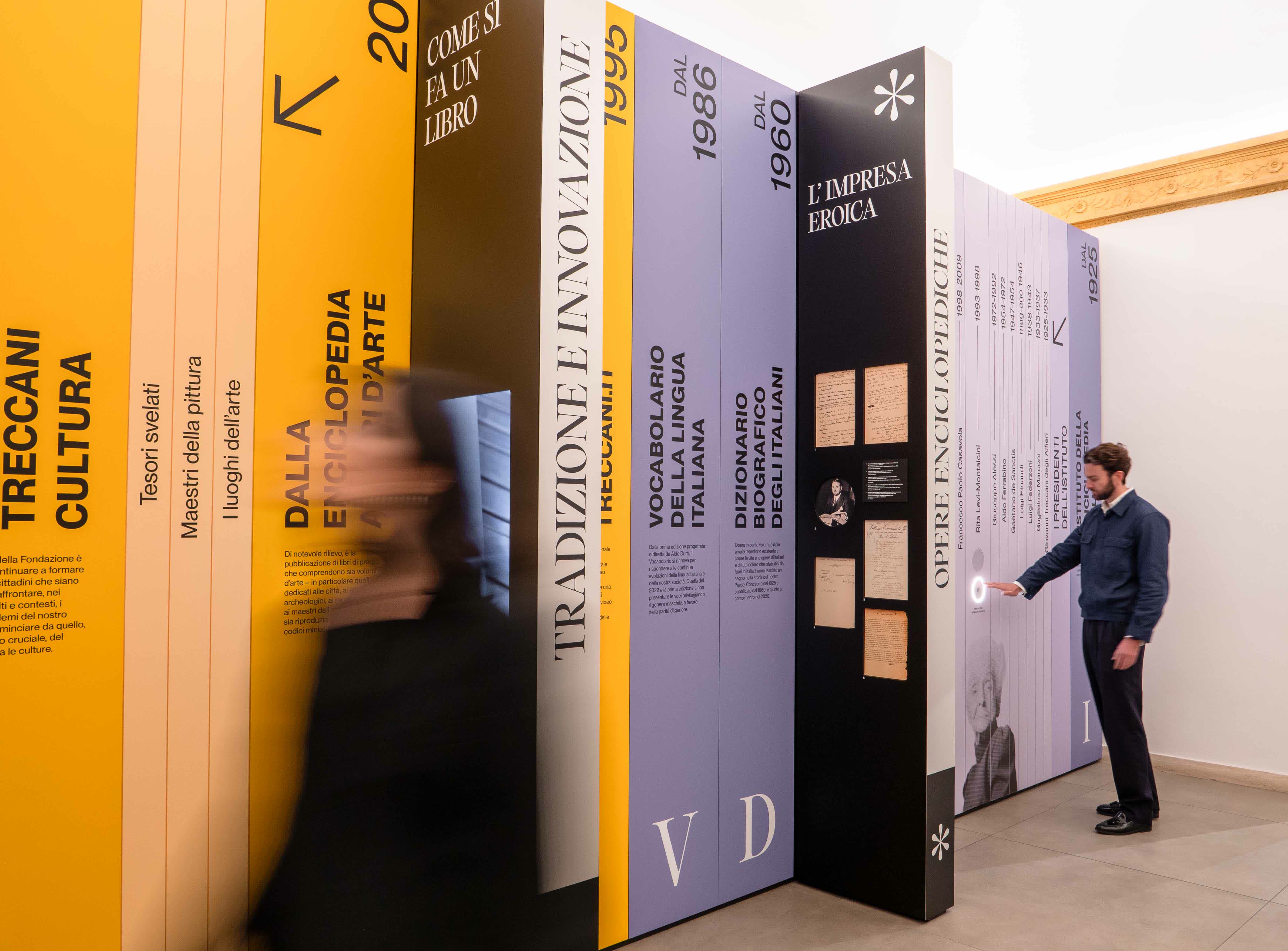Cookie Policy
This site uses technical and third-party cookies to perform its services. You can know the details by consulting our
privacy policy.
By continuing to browse, you accept the use of cookies.

Curated by Treccani and designed by Dotdotdot, the Palazzo Treccani exhibition, set in the Spazio Treccani Arte in Rome, is an immersive, multifaceted, polyphonic and participatory experience. Through a contemporary language and emotionally involving interactions, the exhibition stages the story of Treccani's evolution, from its origins to its transformation into a dynamic cultural network. A journey that intertwines history, culture, science and society, exploring the multiple realities that today animate the Treccani galaxy in the promotion of encounters, dialogues, and new perspectives in the cultural panorama.
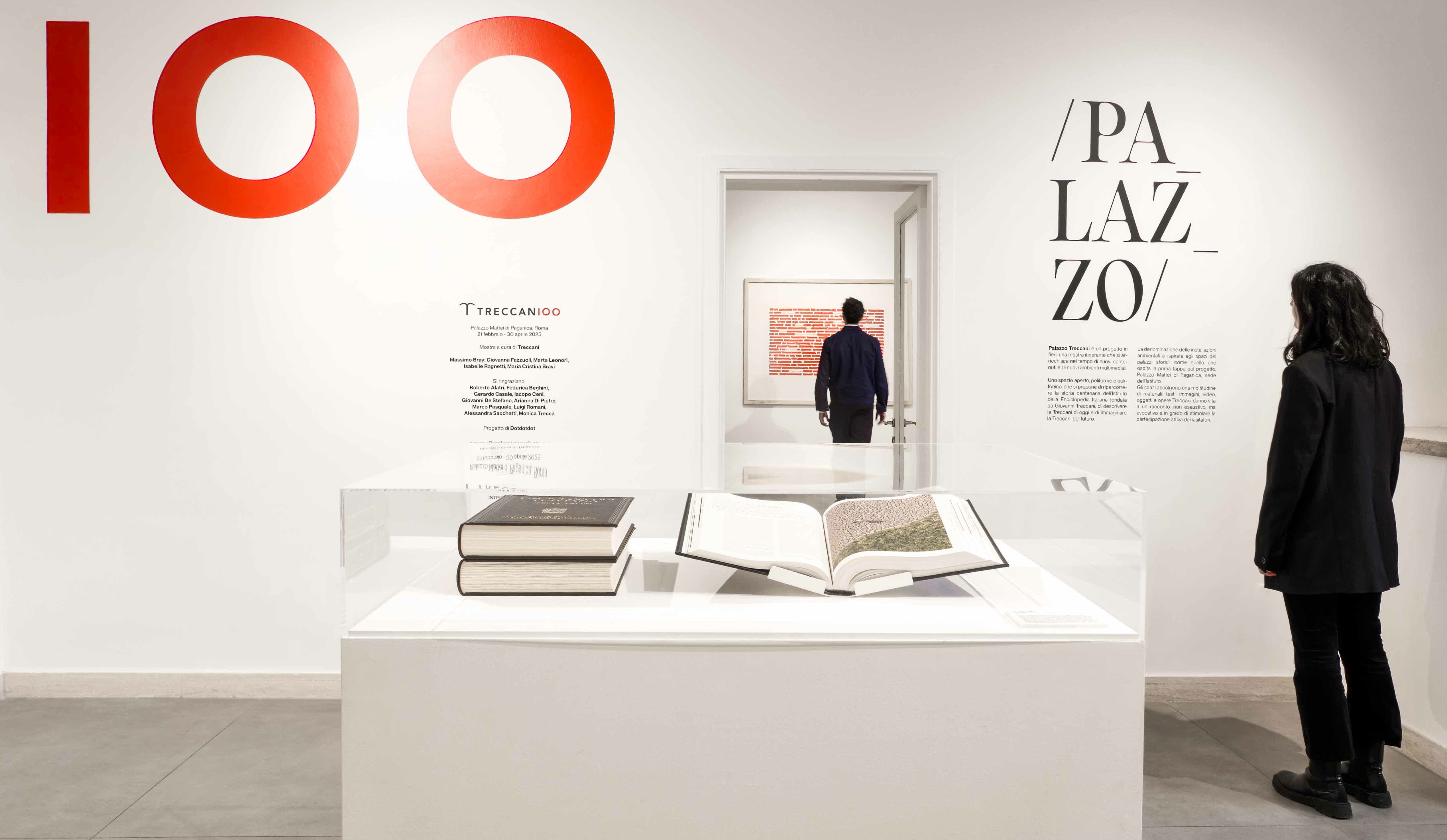
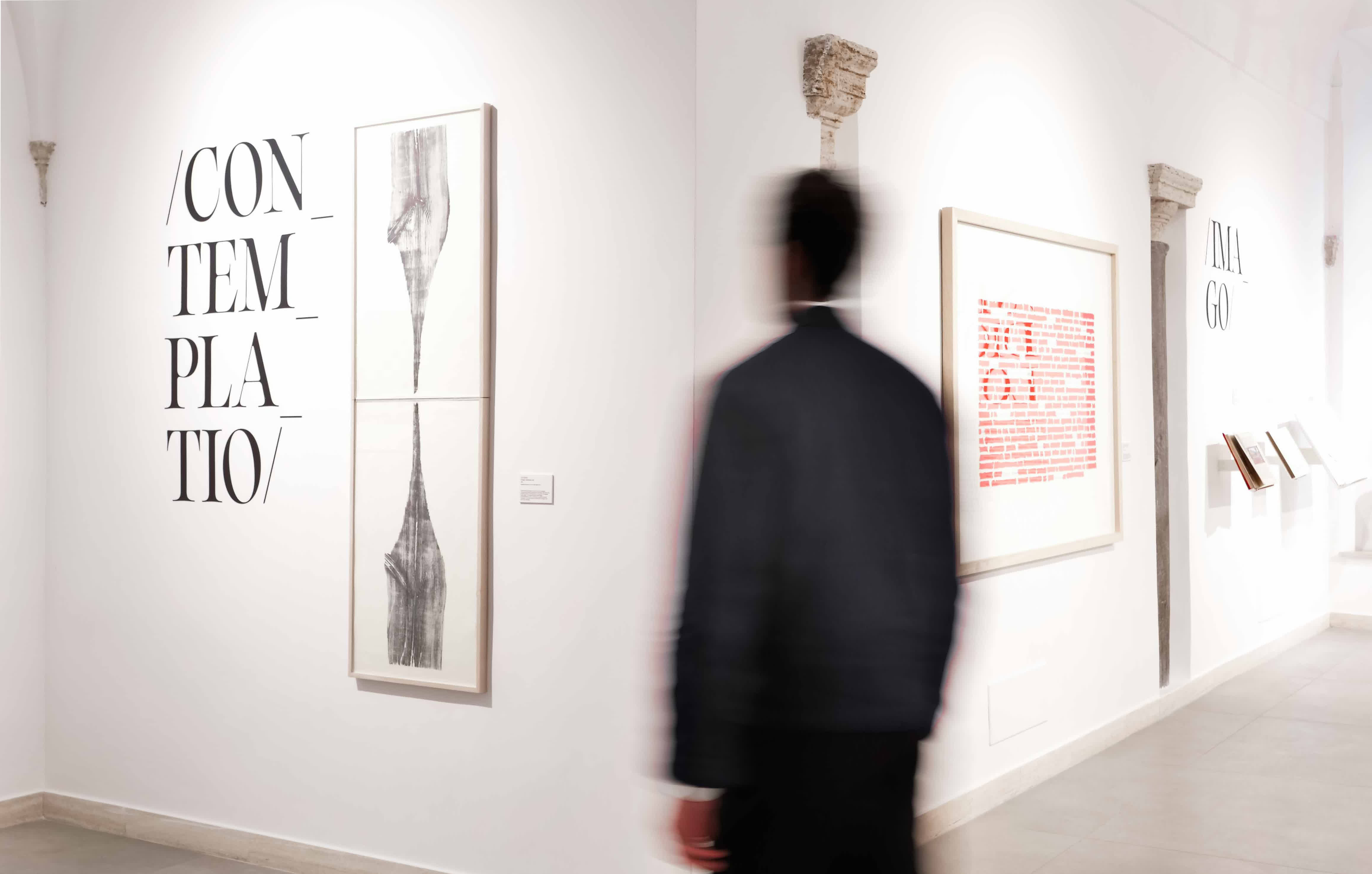
For the narrative concept, Dotdotdot was inspired by the metaphor of the "Encyclopedic Palace", the ideal museum imagined in 1955 by artist Marino Auriti as a space capable of gathering all human knowledge, organised into systems of knowledge. A vision drawn from the idea of culture as a dynamic entity, constantly evolving and open to multiple interpretations, already expressed by 2013 Art Biennale curator Massimiliano Gioni and previously theorized by Umberto Eco in Opera Aperta.
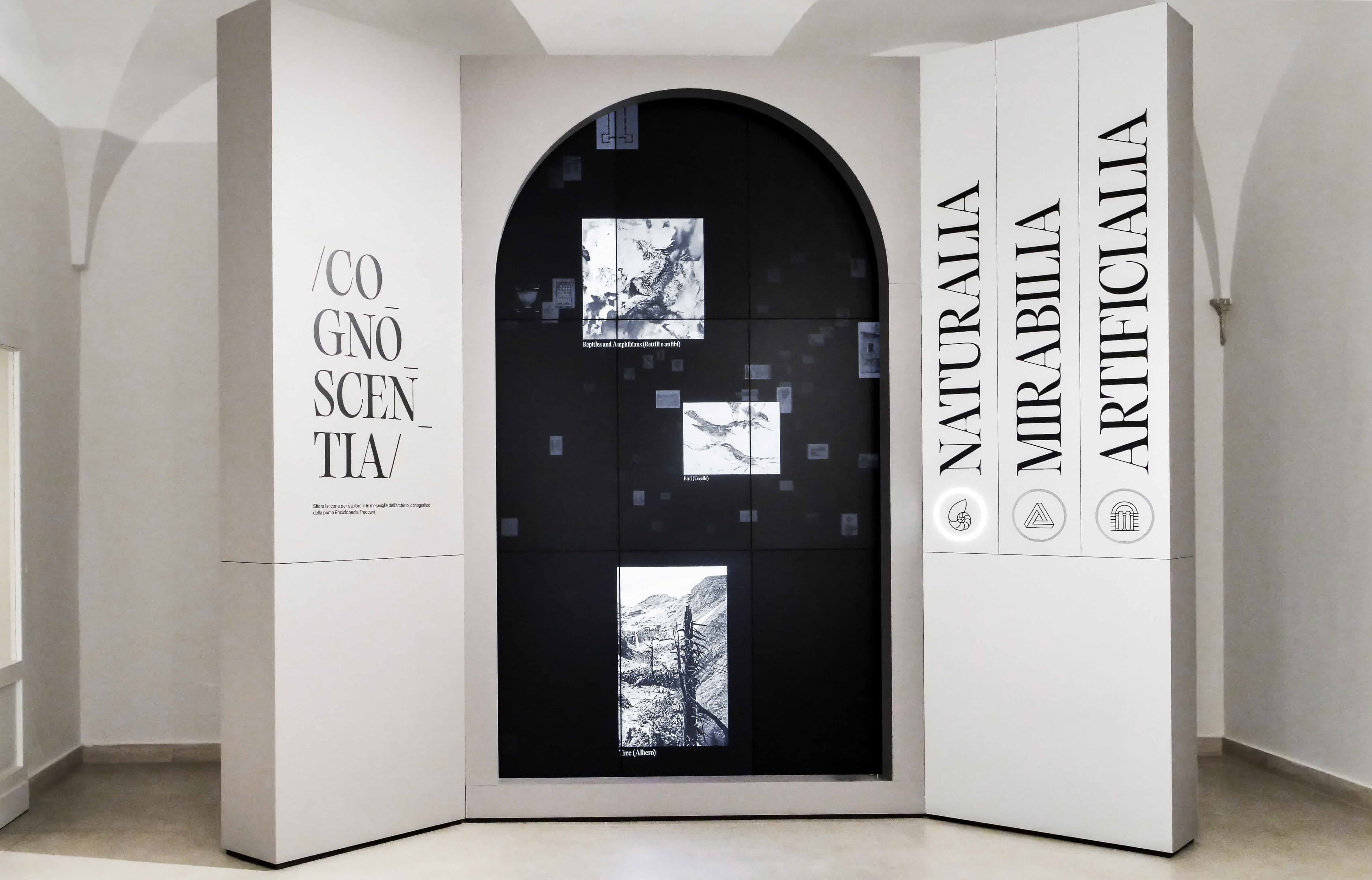
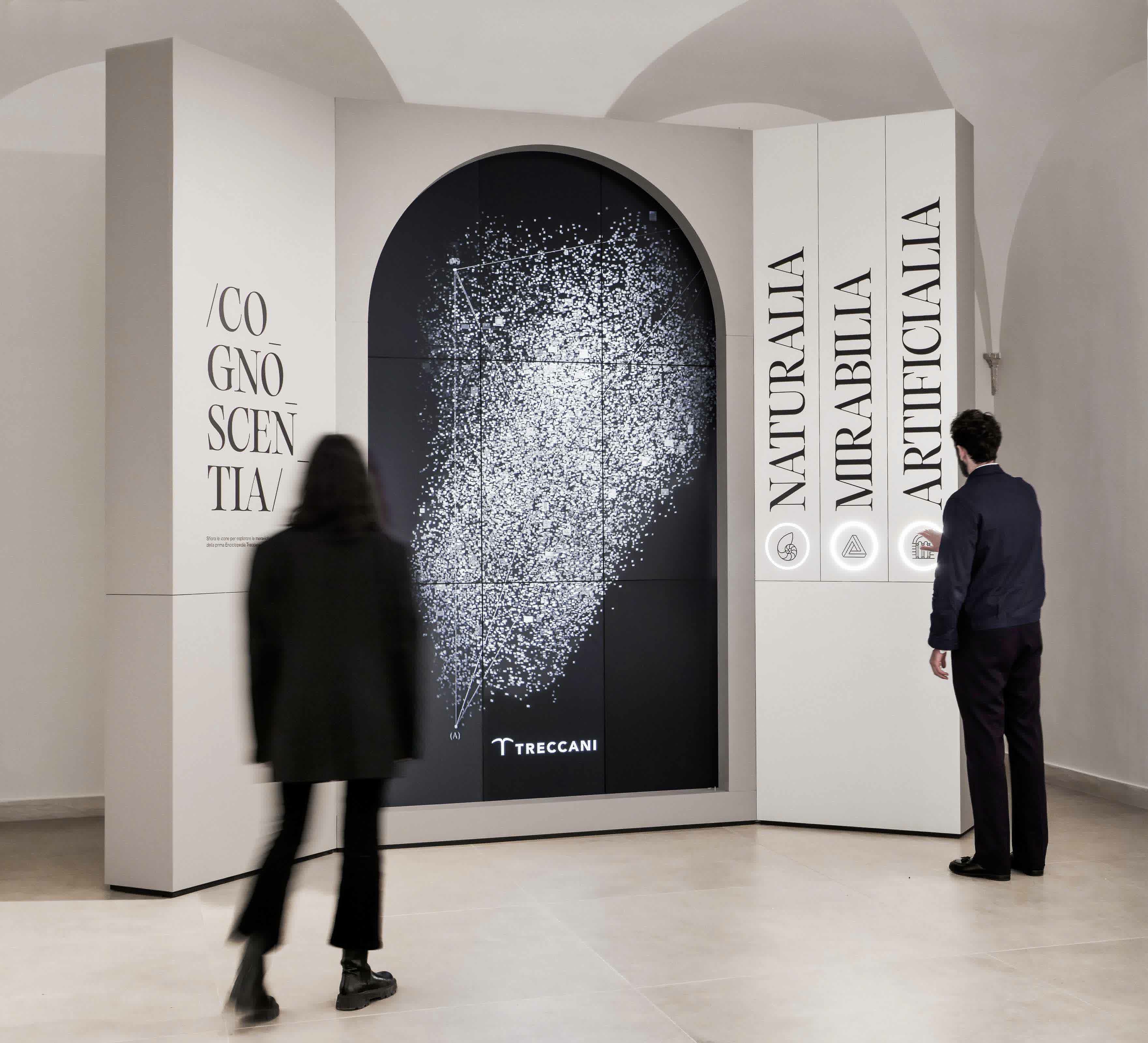
The Palazzo Treccani exhibition project was therefore conceived to tell, through stories, languages and interactions accessible to the general public, the network of relationships and connections that unites the cultural and scientific world to society, associations and businesses. An open, multifaceted and polyphonic space, which welcomes connections, free interpretations and the active participation of visitors, divided into symbolic spaces including a knowledge gallery, a studiolo, a gallery of works. In these environments, interactive installations - including data visualization, animated digital archives, 3D image morphing, immersive videos, soundscapes - offer the visitor an experience rich in in-depth videos, audio, texts and works of art.
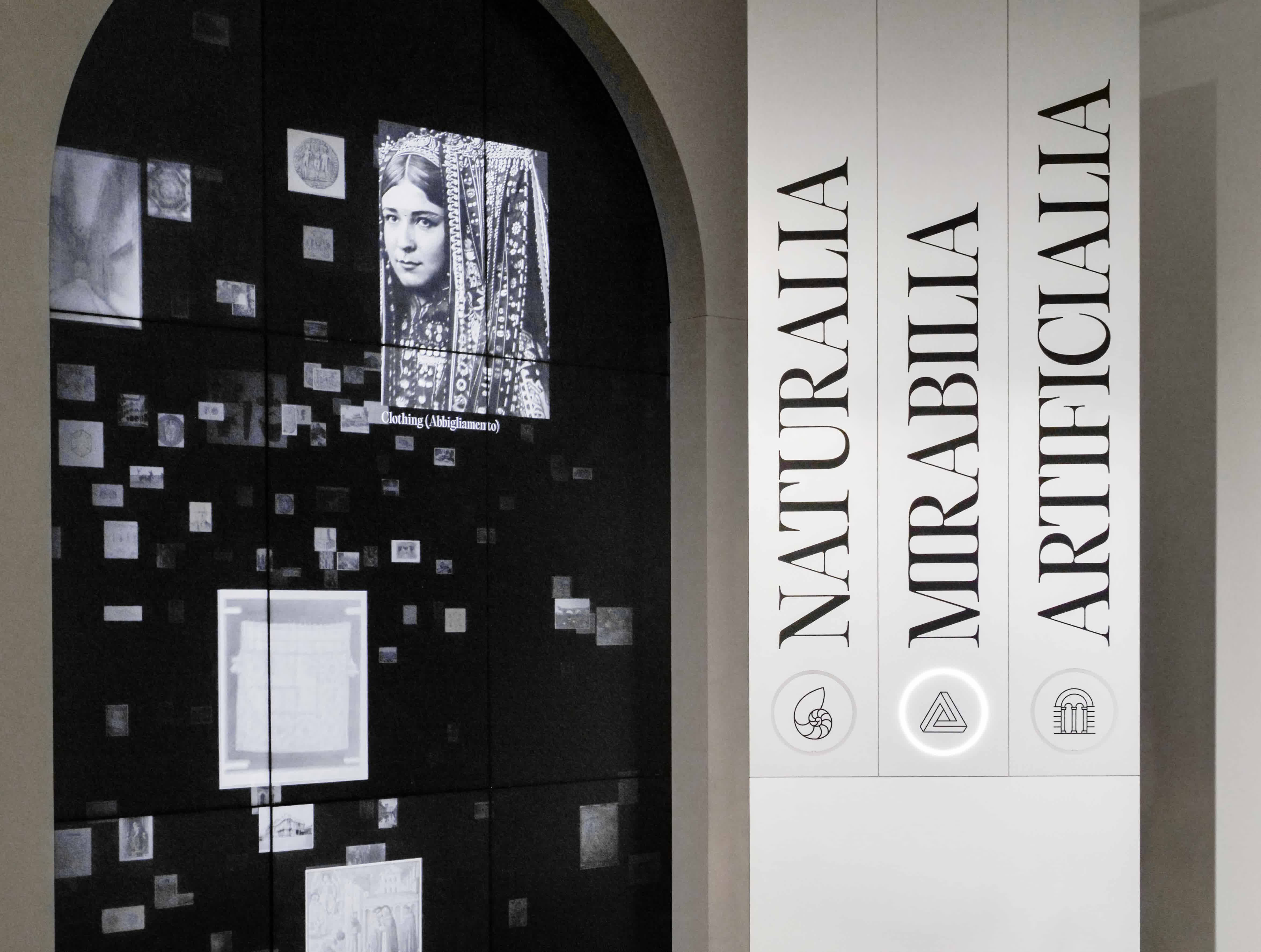
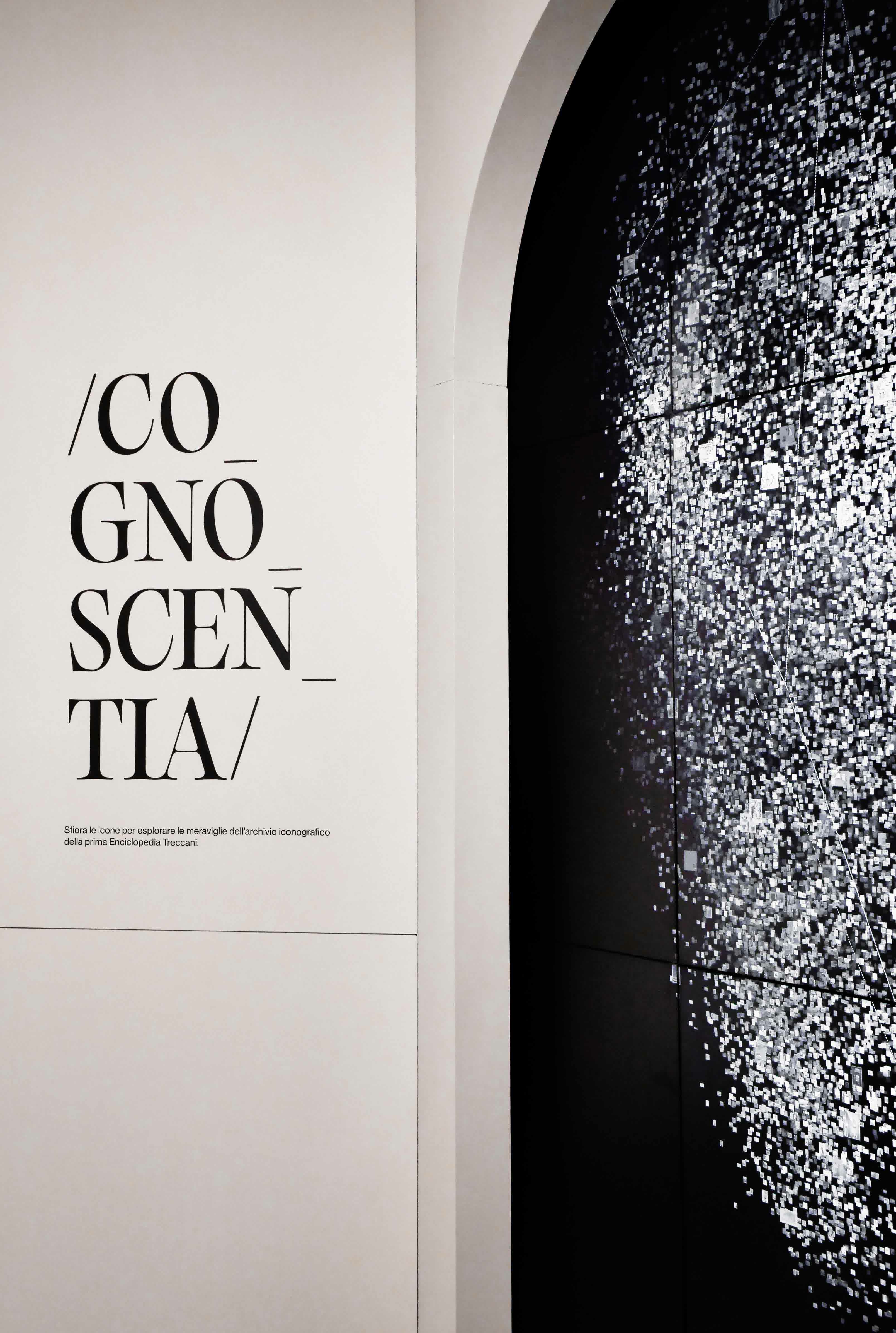
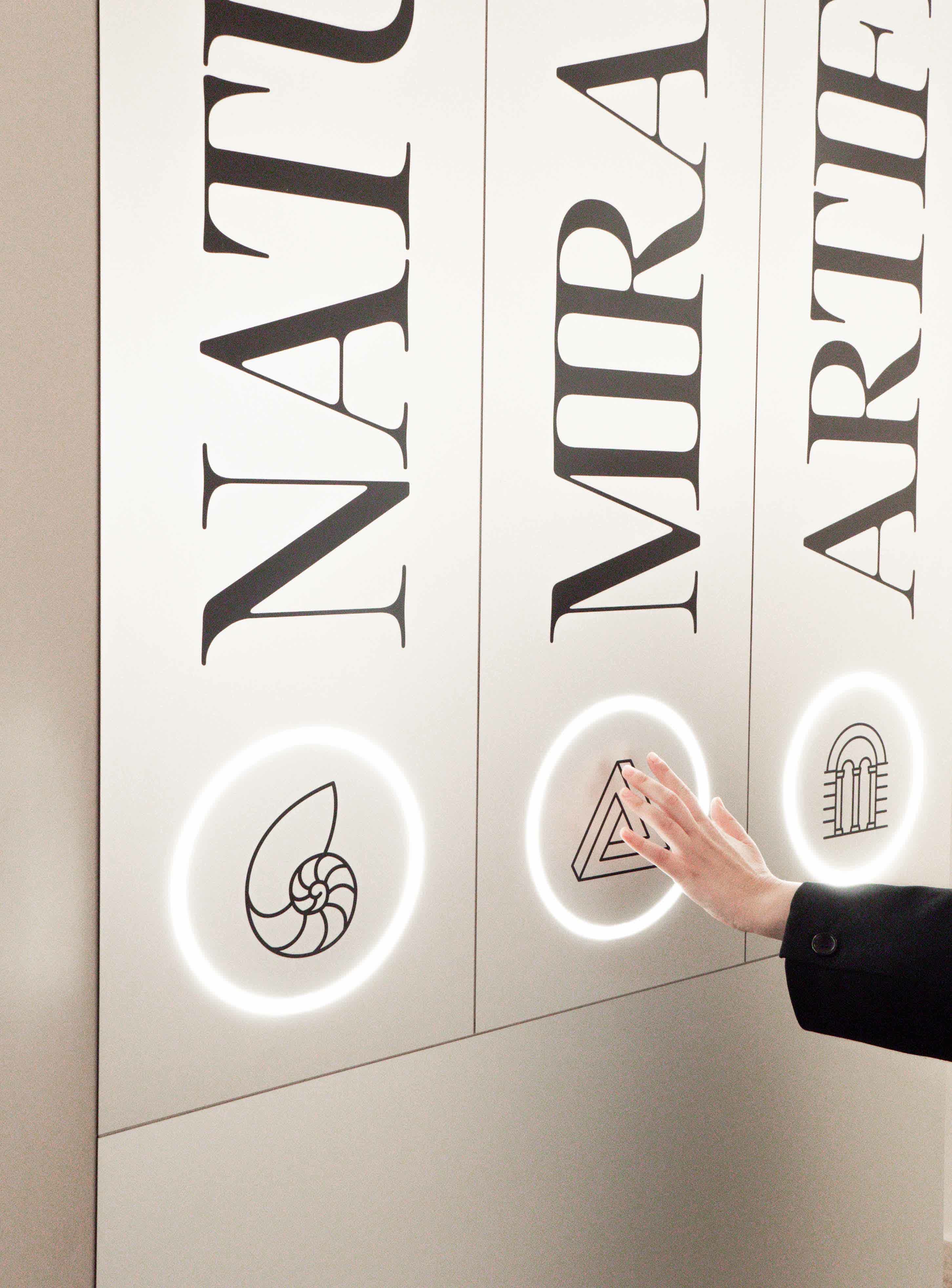
The Gallery of Knowledge guides the visitor on a journey through the history and evolution of the Treccani Institute, using the metaphor of the book to tell its development from an encyclopedic institution to a cultural galaxy. Organized into three sections, the exhibition presents out-of-scale volumes with thematic graphics and interactive digital insights, activated via touch. These include data visualizations that illustrate the encyclopedic enterprise with key images and numbers and emotional videos.
In the Studiolo the visitor is welcomed into an immersive experience inspired by Renaissance wunderkammers, with interactive installations that allow them to digitally explore over 30,000 archive images.
Finally, the Studiolo delle Opere exhibits creations by contemporary artists such as Spalletti, Isgrò, Vezzoli and Pistoletto, intertwining art and knowledge in a timeless dialogue.
